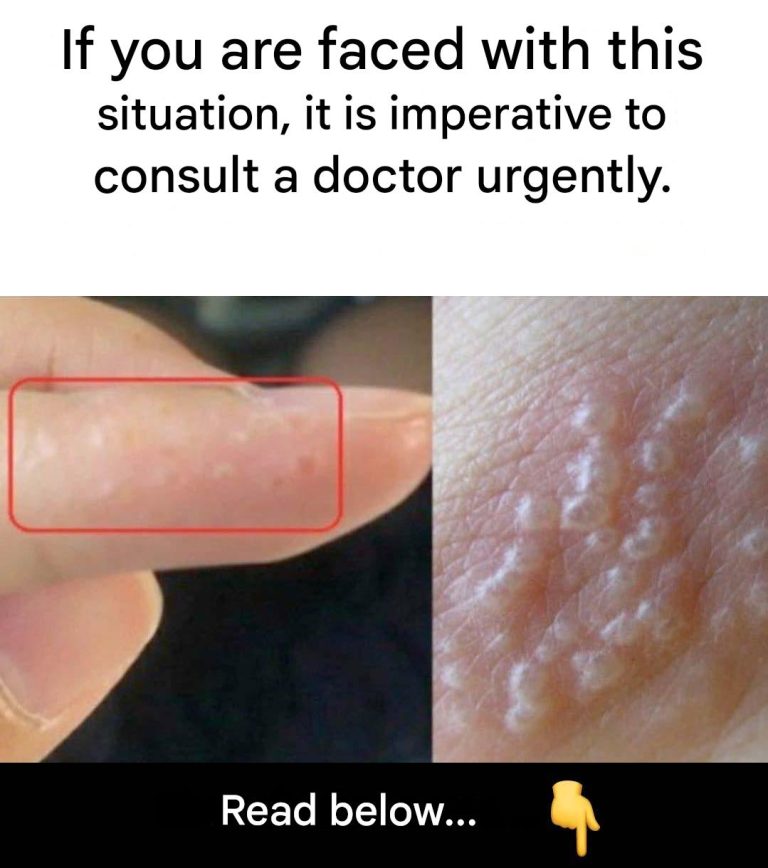Dyshidrotic Eczema: Everything You Need to Know
Dyshidrotic eczema (also known as pompholyx) is a type of dermatitis, or inflammation of the skin, characterized by the sudden appearance of intensely itchy blisters. These blisters often appear on the hands, fingers, and feet. Here’s a detailed overview:
Causes of Dyshidrotic Eczema
The exact cause of dyshidrotic eczema is not fully understood, but several factors are believed to contribute:
Genetic Factors: People with a family history of eczema, allergies, or asthma are more likely to develop dyshidrotic eczema.
Environmental Triggers:
Heat and humidity: Sweating or exposure to hot, humid weather may trigger flare-ups.
Stress: Emotional or physical stress can aggravate the condition.
Allergens: Certain allergens, like metals (especially nickel), can cause or worsen eczema.
Irritants: Exposure to harsh chemicals, soaps, or detergents can trigger a reaction.
Other Health Conditions: Individuals with atopic dermatitis or a history of allergic reactions are more susceptible to dyshidrotic eczema.
Symptoms of Dyshidrotic Eczema
Symptoms vary depending on the severity of the flare-up but often include:
Itchy, painful blisters: Small, fluid-filled blisters that often appear on the palms of the hands, fingers, and soles of the feet.
Peeling and cracking: After the blisters burst, the skin may peel and crack, leading to dry patches or raw skin.
Redness and inflammation: The skin around the blisters may become red, inflamed, and sore.
Thickened skin: Chronic cases can lead to thickened or rough skin on the affected areas.
Continue Reading in next page
